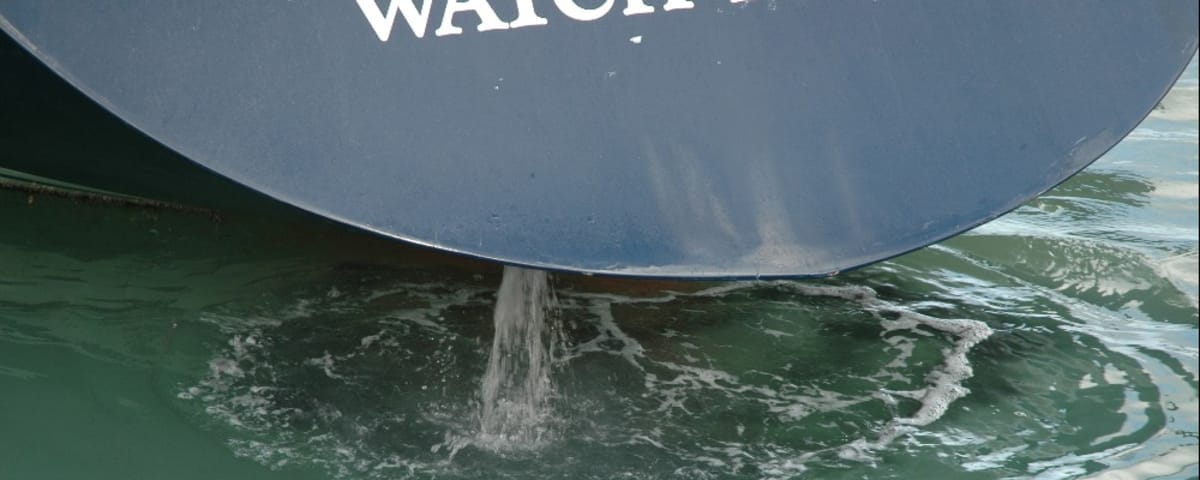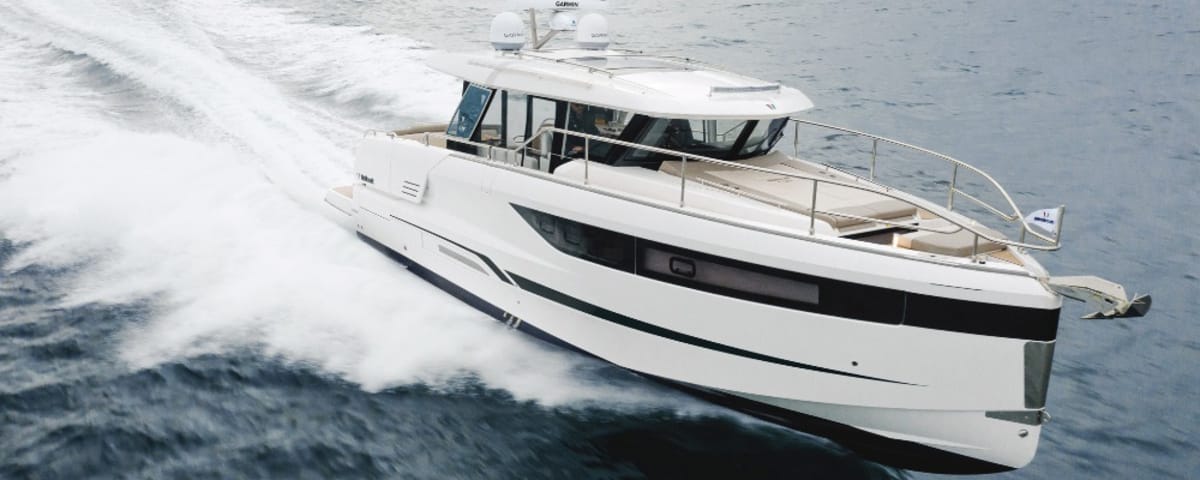Understanding and Troubleshooting Marine Engine Cooling Systems
Marine diesel engines rely on efficient cooling systems to maintain optimal operating temperatures. This article explains how these systems work and provides guidance on troubleshooting common overheating issues.
How Marine Engine Cooling Works
Several cooling system types exist, including direct, indirect, and keel cooling. Direct cooling, common in smaller engines, involves drawing seawater directly into the engine block before expelling it. Indirect cooling uses a heat exchanger and a closed-loop system with coolant, similar to a car engine. Keel cooling, less common, circulates coolant through tubes located under the hull, where it’s cooled by contact with the seawater.
Maintaining a Constant Temperature
Diesel engines are designed to operate around 87°C (189°F). To maintain this temperature regardless of engine load, heat exchanger systems circulate coolant through tubes within a housing containing a “honeycomb” of small copper tubes where seawater passes. A thermostat regulates coolant flow based on seawater temperature. When the engine is cold, the thermostat remains closed. Once the engine reaches operating temperature, it opens, allowing coolant to circulate.
Troubleshooting Overheating Engines
An overheating engine is indicated by a warning light, audible alarm, or temperature gauge reading. To prevent serious damage, such as a blown head gasket, immediately check the engine’s water discharge. If there’s no or little water flow, shut down the engine. The most frequent cause is a cooling system issue, often related to the water pump impeller. Inspect the impeller for damage.
Emergency Repairs at Sea: No Water Flow
As mentioned, lack of water flow causes rapid overheating and potential engine damage. The two most common causes are a blocked water circuit or a faulty water pump impeller. Carrying a spare impeller and knowing how to replace it is crucial. Blockages often occur at the seawater intake strainer (due to plastic bags, algae, etc.) or the seawater filter. Check these points first. If the circuit is blocked, clear it. However, remember that running a water pump without water can quickly damage the impeller.
Replacing the Water Pump Impeller
Here’s a step-by-step guide to replacing the impeller:
- Close the seawater intake valve.
- Open the pump cover.
- Remove the old impeller and inspect it.
- Thoroughly clean the impeller housing.
- Lubricate the inside of the housing with grease (glycerin) provided in the kit.
- Install the new impeller, ensuring correct rotation direction, and lubricate its O-ring (provided in the kit) with glycerin.
- Install the paper gasket (provided in the kit).
- Clean and replace the cover.
- Open the seawater intake valve.
- Start the engine.
Essential Tips for Boaters
Cooling system problems are common and can occur during navigation. Every boater should be prepared to address them. Always carry a spare impeller that matches your engine, along with its gaskets and glycerin grease. Keep the necessary tools (screwdriver or wrench) for removing the pump cover screws with the spare impeller. You may also need to disconnect the hose between the seawater filter and the pump; have a plug of the correct diameter on hand to prevent water ingress.
High Seawater Temperatures and Engine Cooling
Inboard diesel engines are cooled either directly or indirectly. In direct cooling, seawater circulates through the engine block and is discharged. In indirect cooling, a closed-loop system with coolant is used in addition to the seawater circuit. In both cases, seawater plays a vital role in cooling the engine. Even with high seawater temperatures, the temperature of the water is still significantly lower than the engine’s operating temperature (85°C to 88°C), so there is no cause for concern. If an engine overheats, it’s due to a problem within the water circuit, as described above.
Enjoyed this post by Thibault Helle? Subscribe for more insights and updates straight from the source.


